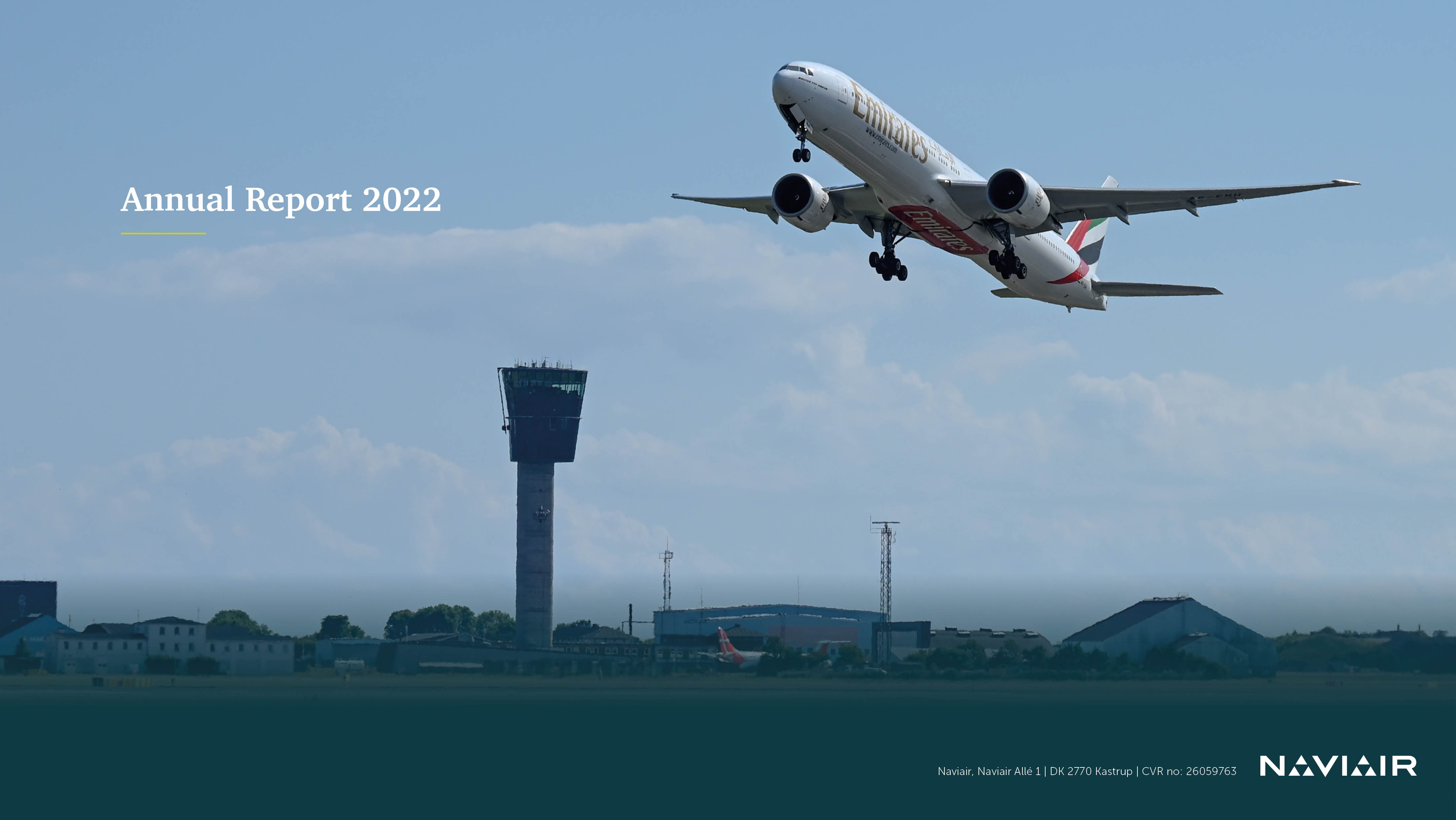Dato
01.08.2023
Annual Report 2022
In the link below you can read the full Annual Report for 2022
> Annual Report 2022
And as a teaser, here is the Management’s review
2022 has been a special year in aviation. Following the global pandemic, air passengers have started to return and, compared to 2021, traffic is recovering. While the number of controlled operations in Danish airspace in 2021 was around 45 percent of the 2019 level, this figure has increased to around 75 percent in 2022. However, the increase is lower than Eurocontrol's forecast for 2022. There are a number of factors at play here. The war in Ukraine and the subsequent restrictions and airspace closures played a significant role in the lower traffic levels, resulting in a 6-7 percent decrease in the number of operations in Danish airspace. Traffic has also been affected by a prolonged pilot strike at SAS over the busy summer period.
The year has also been characterised by changing traffic patterns, making air traffic less predictable than it was back in 2019. More leisure travellers and fewer business travellers has changed traffic flow compared to before.
In 2022, Naviair provided an efficient traffic flow with a very low number of delay minutes compared to the rest of Europe. Altogether, Naviair imposed 762 delay minutes on airlines in 2022. In the en route area, there was an average delay of 0.00 minutes per operation and the average delay at Copenhagen Airport was 0.02 minutes per operation, which means that we have met the requirements set by the EU for the third reference period (RP3) in terms of capacity.
In the environmental area, Naviair has maintained its second place among Eurocontrol's 41 member countries in terms of how close the actual route flown by an aircraft is to the most direct – and thus the most optimal – route through Danish airspace. In 2022, 98.77 percent of all flights in Danish airspace took the most direct route. The 98.86 percent target of all flights taking the most direct route with no detours has therefore not been met.
Naviair's sustainability work includes several initiatives in addition to direct routing. In 2022, Naviair's Board of Directors approved a concrete plan to reduce Naviair's direct CO2 emissions by 70 percent by 2030 compared to 2015. The plan includes energy optimisation and renovation and is described in more detail in Naviair's 2022 Sustainability Report.
The result for the year was a profit of DKK 34.5 million, which is better than expected. The lower traffic means that Naviair's debt – arising from the COVID-19 pandemic – was higher than expected in 2022. The plan for debt reduction in 2027/2028 remains unchanged.
In June 2022, the government decided that Denmark is to take over control of the upper airspace in Greenland, following a request from the Greenlandic government, Naalakke suisut. Naviair has been asked to establish a control centre, providing up to 100 local jobs in Nuuk, to take over control of the airspace. This will be a major and important task for Naviair and will be carried out in close coordination with Naviair's owner, the Ministry of Transport, and the Danish Civil Aviation and Railway Authority, as well as other relevant Greenlandic and Danish stakeholders.
